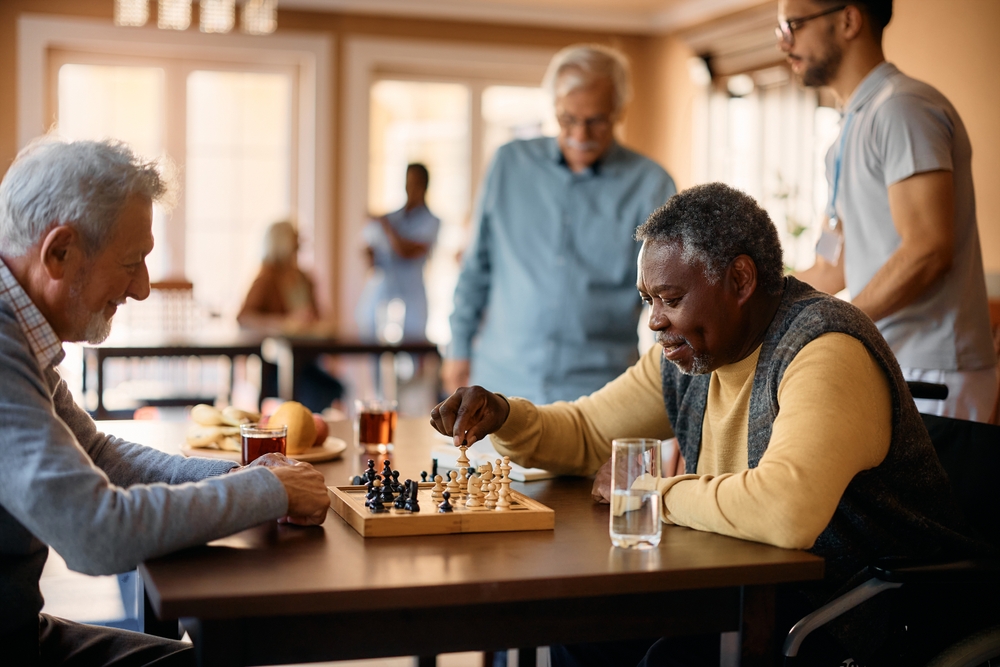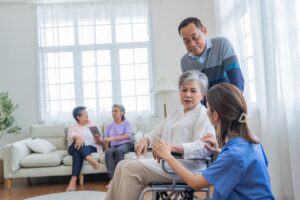For many individuals with disabilities and seniors, the desire to live at home is a powerful one. The familiarity and comfort of one’s own space are invaluable. This article explains how the NHTD Program promotes independent living in the community, offering a vital alternative to nursing home care. By providing a range of personalized services and support, the New York State Nursing Home Transition and Diversion (NHTD) waiver delivers significant benefits that support independent living at home. This program empowers individuals to remain in control of their lives while receiving the care they need. Reach out today to learn more about how we can help you enhance your golden years.
The Core Philosophy: Person-Centered Planning
At the heart of the NHTD Waiver program is a commitment to person-centered planning. Unlike a one-size-fits-all institutional model, this program starts with the individual. A dedicated service coordinator works with each participant to understand their unique strengths, needs, preferences, and goals.
This collaborative process results in an Initial Service Plan (ISP) that is a true reflection of the person’s desires. It is a roadmap that details exactly which services will be used to support their independence, ensuring that the care provided is meaningful and effective. This philosophy is central to how the NHTD Program promotes independent living in the community.
NHTD Benefits That Support Independent Living at Home
The NHTD program offers a suite of services specifically designed to address the barriers that might otherwise lead to nursing home placement. These benefits work together to create a comprehensive support system.
- Creating a Safe and Accessible Home Environment
A major component of living independently is having a home that is safe and adapted to your needs. The NHTD program helps achieve this through:
- Environmental Modifications (E-mods): This service provides funding to make physical changes to a person’s home. This can include installing wheelchair ramps, widening doorways for accessibility, modifying bathrooms with grab bars and walk-in showers, or installing stairlifts.
- Assistive Technology (AT): The program covers a wide array of devices that enhance safety and independence. Examples include personal emergency response systems (PERS), medication management dispensers, specialized computer software for communication, and home safety alarms.
- Developing Essential Life Skills
True independence is about more than just physical support; it’s about having the confidence and ability to manage one’s own life.
- Independent Living Skills Training (ILST): Specialists work one-on-one with individuals to teach or relearn critical life skills. This can range from managing personal finances and learning to use public transportation to meal planning and developing problem-solving abilities. This service empowers individuals to take control of their daily lives.
- Providing Hands-On Support for Daily Activities
For those who need direct assistance, the program provides reliable support to ensure daily needs are met.
- Home and Community Support Services (HCSS): Often called personal care aide services, HCSS assists with Activities of Daily Living (ADLs) like bathing, dressing, and mobility. It also helps with Instrumental Activities of Daily Living (IADLs) such as light housekeeping, meal preparation, and shopping. This support fills the gaps, allowing individuals to conserve their energy for more meaningful pursuits.
- Supporting Emotional Well-being and Caregiver Health
The program recognizes that health is about more than just physical needs.
- Community Integration Counseling (CIC): This counseling service helps individuals and their families adjust to the challenges of living with a disability or chronic illness. It provides a safe space to address anxiety, depression, and social isolation.
- Respite Services: The Nursing and Home Transition and Diversion waiver understands that family caregivers are a vital part of the support system. Respite care provides them with a much-needed break, ensuring they can continue to provide care without burning out.
Putting It All Together for a Life in the Community
The power of the NHTD Waiver program lies in how these services are combined. For example, a person recovering from a traumatic brain injury might receive ILST to relearn budgeting, HCSS for help with meal preparation, and assistive technology like a smart-home device to control lights and appliances. This integrated approach, managed by a service coordinator, creates a robust safety net that makes independent living a viable, long-term reality.
Understanding how the NHTD Program promotes independent living in the community reveals its profound impact. By offering a flexible and personalized array of services, the program moves beyond a one-size-fits-all approach to care. The various NHTD benefits that support independent living at home—from environmental modifications and skills training to personal care and emotional support—empower individuals to live with dignity, safety, and autonomy.
If you or a loved one is facing the prospect of nursing home care but wishes to remain at home, the Nursing and Home Transition and Diversion waiver may be the answer. Contact your local Regional Resource Development Center or a qualified provider agency to learn how this program can help you build a life in the community. Feel free to call HouseCalls Home Care at 718-922-9200 if you or a loved one requires compassionate and competent home care services. You can also send an email to us at info@HouseCallshc.org for more information. Our goal is to help you find the best support for your needs. Alternatively, you can register your information here https://yuz88hfiyh7.typeform.com/to/E5thuv5G?typeform-source=statics.teams.cdn.office.net, and we will get back to you.




